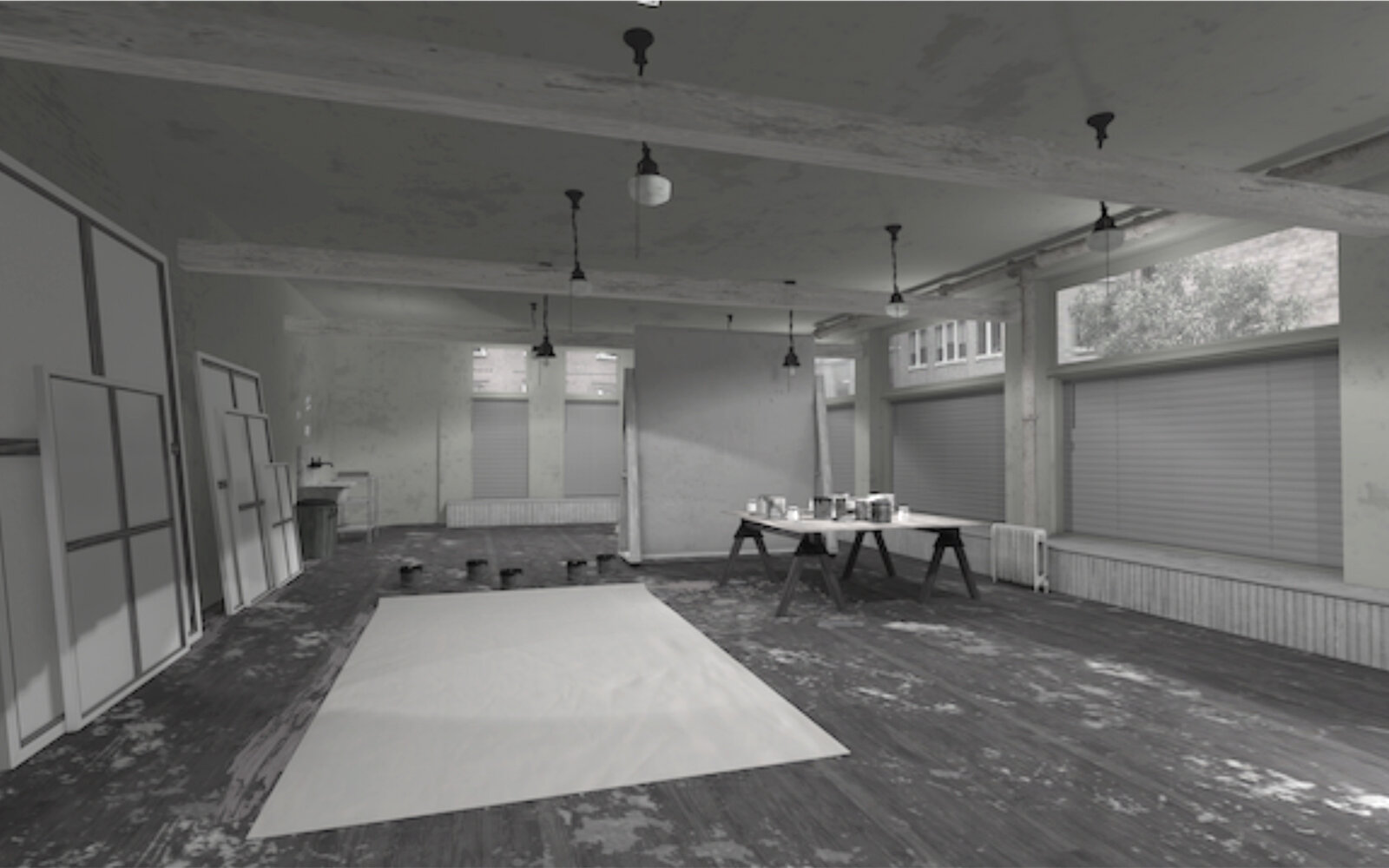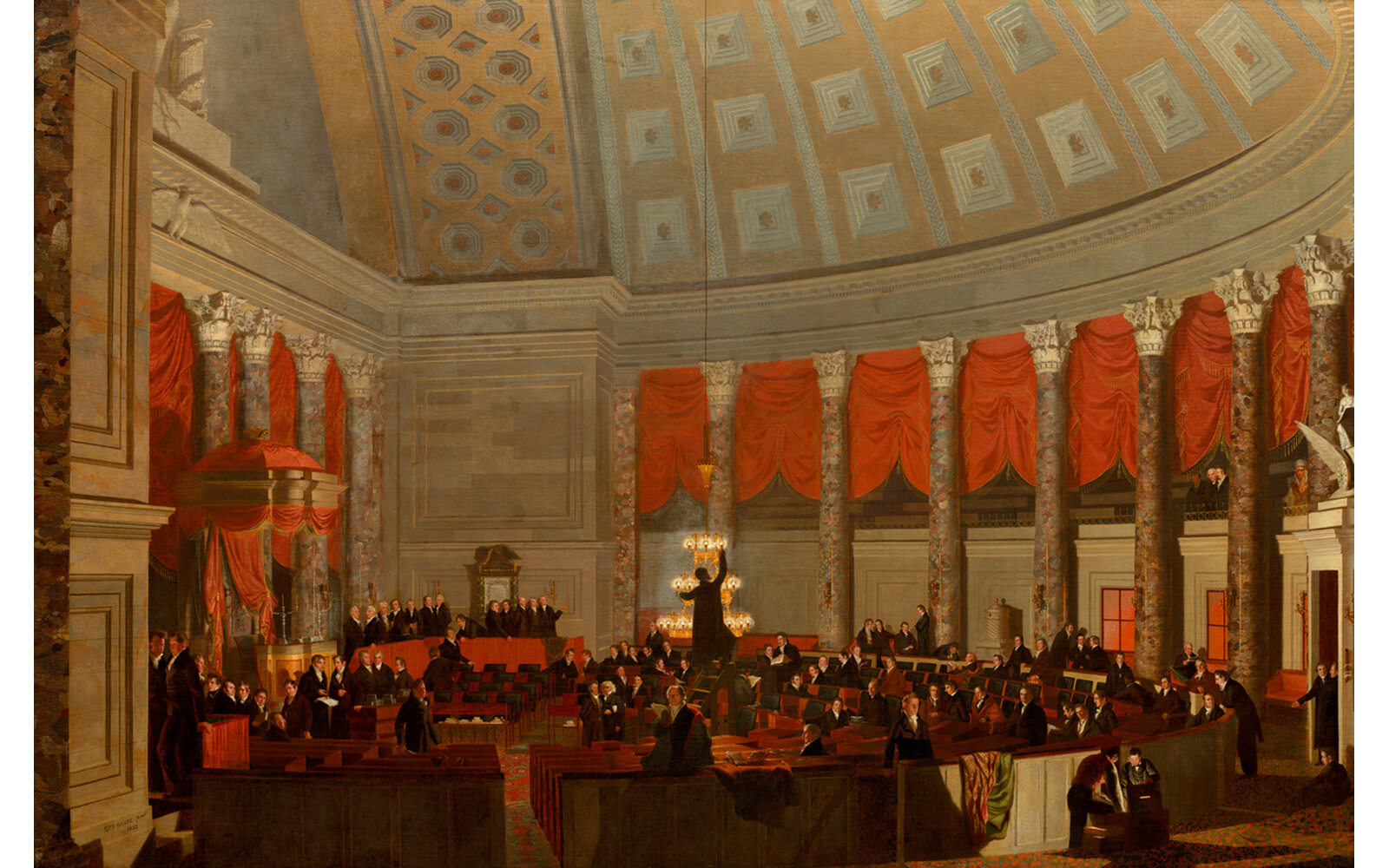William Rickarby Miller, Still Life–Study of Apples, 1862. Oil on canvas, 6 1/2” x 13 “ De Young Museum Collection, San Francisco.
William Rickarby Miller, the son of English landscape painter Joseph Miller, immigrated to America and settled in New York City in 1844. He first worked as a portraitist, but soon added landscape painting to his repertoire. Throughout Miller’s prolific career, he completed a large number of landscapes in oils, watercolors, and pen and ink. He also turned his talents to the genre of still-life, especially paintings of fruit, like these four apples. The painter’s exactitude and command of surface finish are on full display here, and this dense composition combines an almost electric palette of reds and greens, compressed, stage-like space, and deep shadows, reminiscent of 17th-century Dutch still-life painting. The apples represented appear to be four distinct varietals, so there is a kind of encyclopedic morphology at work; this, combined with their very wide range of sizes, opens the picture to a number of symbolic readings beyond the merely formal. Miller’s highlighting of the apple tree’s leaves and stems, in every stage from freshness to desiccation, evokes a vanitas contemplation on the ephemerality of life, and makes the apples–as round and brightly lit as planets, painted in an array of complementary colors–all the more voluminous and powerful.


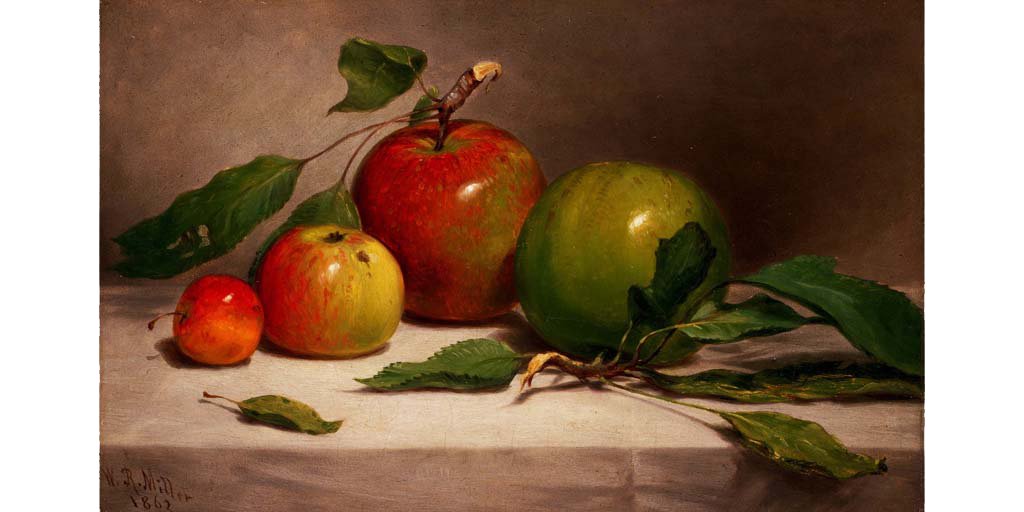
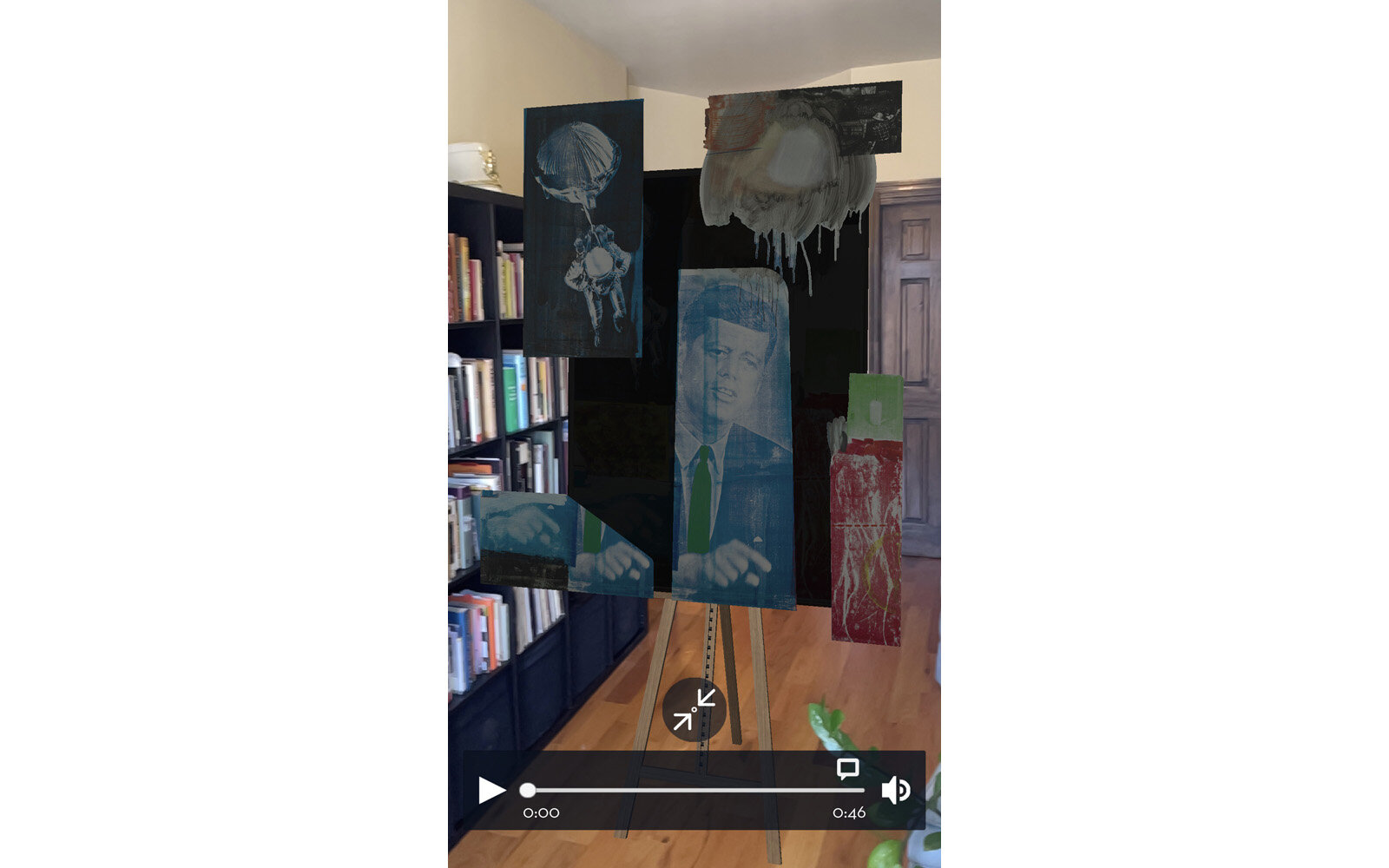

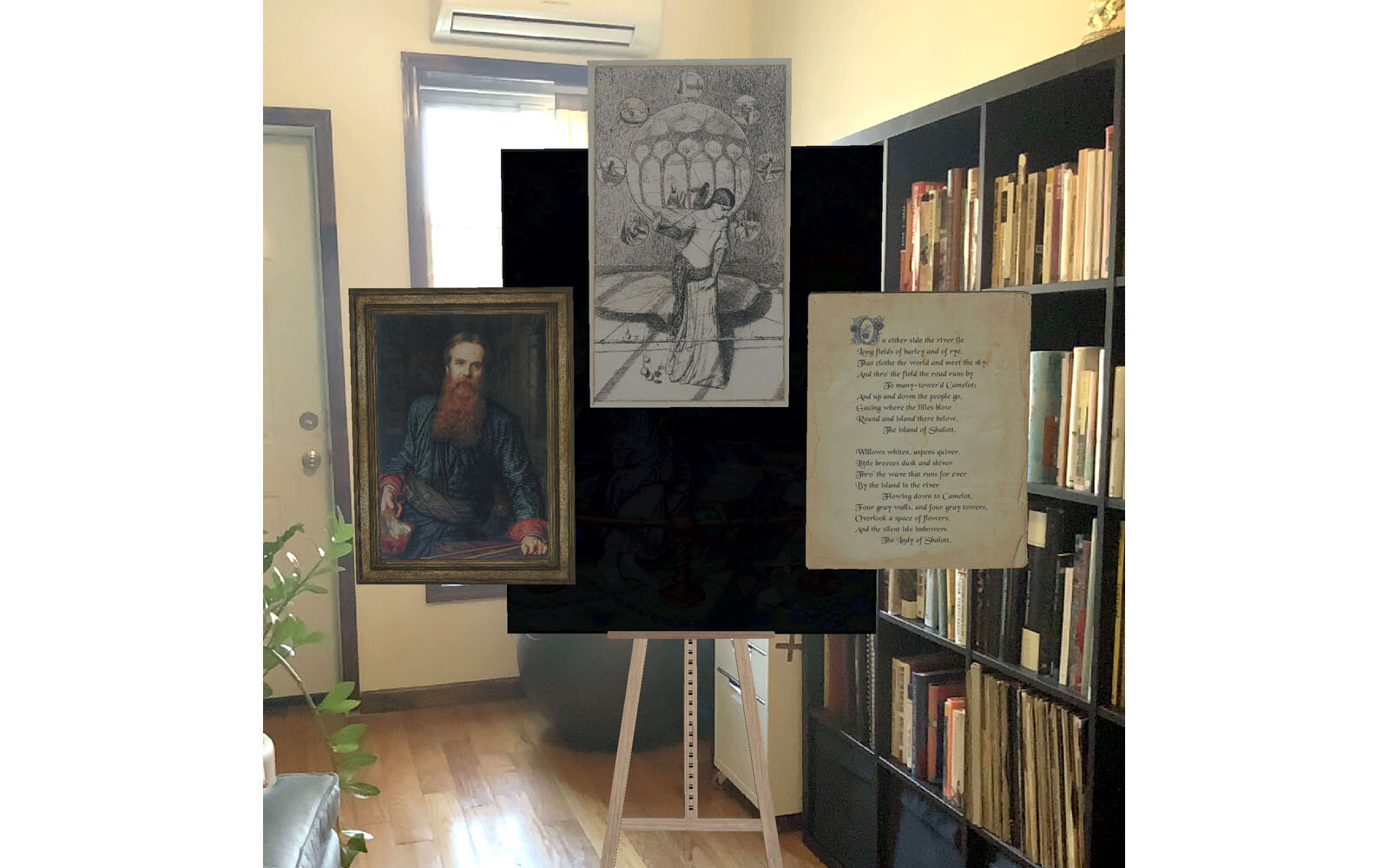


![Martin Waldseemüller, Universalis cosmographia secundum Ptholomaei traditionem et Americi Vespucii alioru[m] que lustrationes, 1507. Map, 128 x 233 cm, sheets 46 x 63 cm or smaller. (Library of Congress Collection, Washington, D.C.)](https://images.squarespace-cdn.com/content/v1/5dcd7f21ac3d91493ec52f97/1610999398591-O4AKL87XV5JDOMOWBIJY/World-map-Martin-Waldseemuller-1507.jpg)
